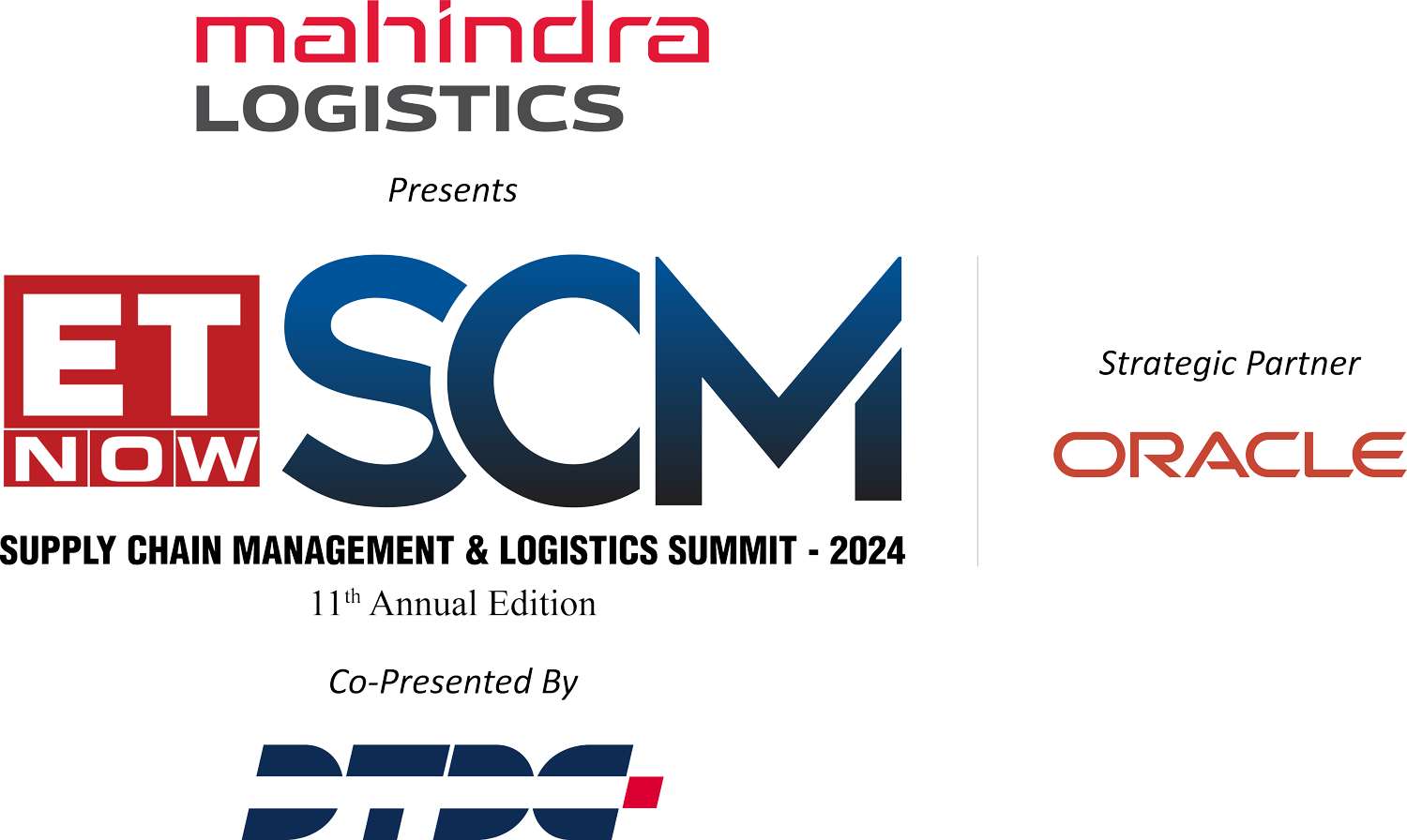Article
- Home
- Article

- scmcpn24
- 0 Comments
Complexity to Sustainability: Modernizing Supply Chain Practices
Written By: Parul Arora, Leadership & Supply Chain Coach
In today’s global environment, sustainable supply chains have become essential for businesses worldwide rather than just a passing trend. The combined pressures of environmental concerns and regulatory demands drive companies to reevaluate and change their supply chain operations to focus on sustainability. Ethical obligations and the growing consumer expectations for transparency and responsibility drive this shift. However, transitioning to sustainable supply chains presents significant challenges that are required to be addressed effectively.
Complexity of Supply Chains
Supply chains today are exceedingly complex, often crossing multiple borders and involving a network of suppliers, manufacturers, and distributors. This intricacy can hinder visibility and traceability, complicating the efforts to manage and mitigate environmental and social impacts. The product may involve raw materials from one continent, assembly in another, and distribution worldwide. Ensuring sustainable practices throughout this intricate process is a formidable task.
Enhancing supply chain transparency is a crucial step towards overcoming this complexity. Investing in technologies like blockchain can provide detailed records of transactions and material flows, thus improving traceability. However, implementing such technologies across a widespread and diverse supply chain is expensive and time-intensive.
Compliance with Environmental Regulations
Governments are implementing strict environmental regulations to reduce carbon emissions, conserve resources, and promote sustainable practices. While crucial for environmental protection, these regulations present significant compliance challenges for the organizations. The diverse regulatory requirements across different regions complicate supply chain management.
To adhere to these regulations, companies must conduct comprehensive audits of their supply chains, pinpointing areas that do not meet legal and industry standards. This often requires significant changes in processes, sourcing strategies, and product designs to minimize environmental impact. Although these changes can be resource-intensive, they are necessary to mitigate legal risks and align with global sustainability goals.
Addressing Resource Scarcity and Ethical Sourcing
Resource scarcity presents a critical issue for supply chain sustainability. Overusing natural resources like minerals, water, and fossil fuels leads to their depletion and significant environmental damage. Ethical sourcing, which ensures materials are obtained responsibly and sustainably, is essential to tackle this challenge.
Implementing ethical sourcing practices involves rigorous supplier vetting and continuous monitoring to ensure compliance with sustainability standards. This can be particularly challenging for large companies with extensive supply chains. Collaborating with certification bodies and adopting standards such as Fair Trade and the Forest Stewardship Council (FSC) can help ensure responsible sourcing practices.
Reducing Carbon Footprint
Minimizing the carbon footprint of supply chains is a critical aspect of sustainability. Transportation, manufacturing, and warehousing significantly contribute to greenhouse gas emissions. Companies face increasing pressure from stakeholders to adopt practices that reduce their carbon footprint and address climate change. One effective approach to lowering emissions in supply chains involves optimizing logistics and transportation. This can include consolidating shipments, using more efficient transport methods, and investing in alternative fuels.
Additionally, adopting energy-efficient technologies and renewable energy sources in manufacturing processes and facilities can significantly reduce emissions. Though these measures may require significant initial investments, they offer long-term benefits, including cost savings and enhanced brand reputation.
Embracing Waste Management and the Circular Economy
The traditional linear model of “take, make, dispose” is increasingly being replaced by the circular economy, which emphasizes reusing, recycling, and remanufacturing to extend the life cycle of products and materials. Transitioning to a circular economy can substantially reduce waste and resource consumption within supply chains.
Companies must redesign products for durability, reparability, and recyclability to implement circular economy principles. Establishing systems for collecting and processing end-of-life products is also crucial. This can be achieved through partnerships with recycling firms and incentivizing customers to return used products. While transitioning to a circular economy requires systemic changes and collaboration across the supply chain, it offers significant environmental and economic benefits.
Prioritizing Social Responsibility and Labor Practices
Sustainability encompasses not only environmental aspects but also social responsibility, particularly concerning labor practices. Ensuring fair wages, safe working conditions, and respect for workers’ rights across the supply chain is essential. However, achieving this in global supply chains, especially in regions with lax labor laws, poses a significant challenge.
Companies must conduct regular social audits and engage with suppliers to improve labor standards. Adopting frameworks such as the United Nations Guiding Principles on Business and Human Rights can help establish responsible labor practices. Building strong, transparent relationships with suppliers is key to driving improvements and ensuring accountability.
Collaboration and Innovation: The Way Forward
Tackling supply chain sustainability challenges necessitates collaboration across industries and sectors. Companies, governments, and non-governmental organizations must work together to develop and implement sustainable practices and policies.
Lastly, technological innovations like AI and IoT can also enhance supply chain efficiency and sustainability.
Key Takeaway
While the journey to sustainable supply chains is complex and challenging, it is essential for the planet’s health and future generations’ well-being. Businesses can transform their supply chains into sustainable models by embracing strategies like optimizing logistics, adopting circular economy principles, ensuring social responsibility, and fostering collaboration and innovation. The effort may be substantial, but the rewards for the environment, society, and the bottom line are well worth it.

